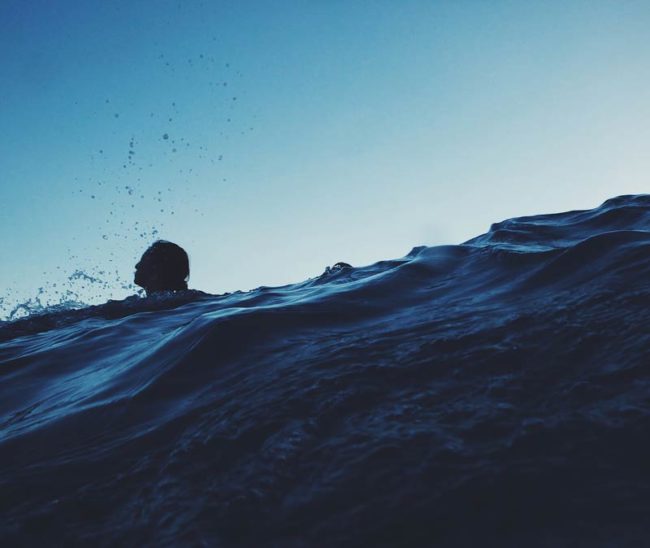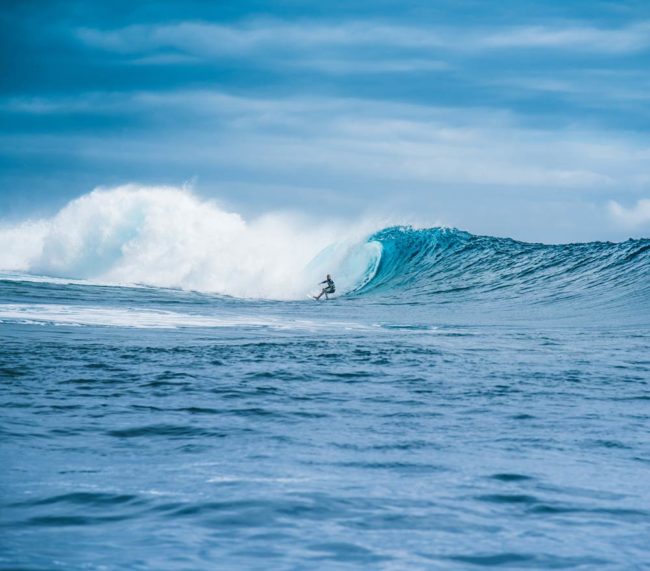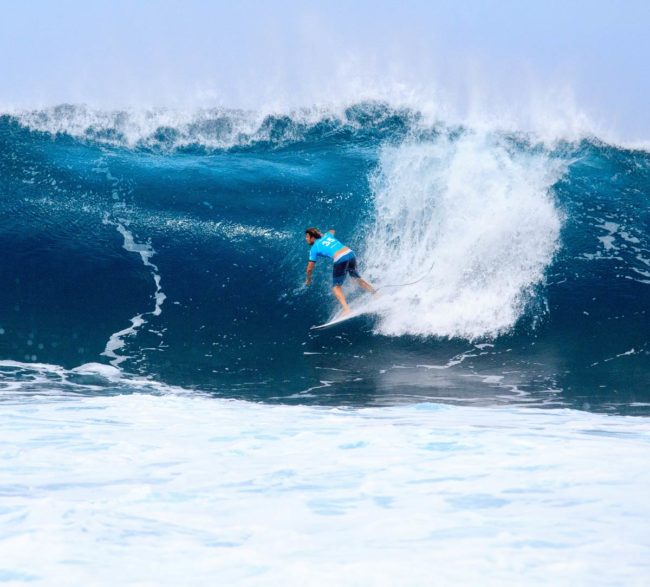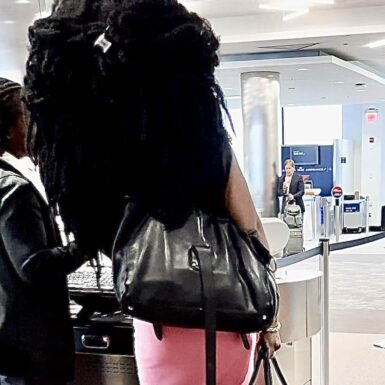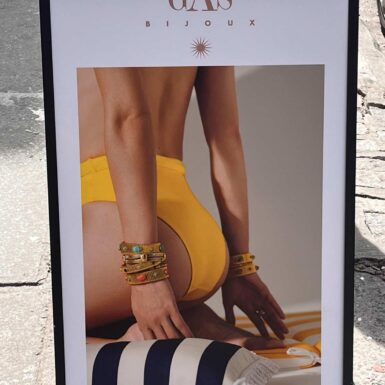Waves are great to feel when you are surfing above them,but it is never a pleasure to see the “destroyed in seconds” scenario after a wave attack. Tsunami is a very common word regarding waves. These are nothing but just some uncommon vibration’s result generated within some water source.In this post I have gather 5 most dangerous waves in the world…
1. Cyclops (remote south coast Western Australia)
It is especially square-shaped, under sea level; one-eyed monster tops the list for good basis. It’s unfeasible to propel into on a surfboard and almost unrideable pull at the back a jet ski. If you blow a wave here you’ll be washed straight onto the dry rocks, which is a bummer because the nearby medical help is hours away.
2. Teahupoo (Tahiti)
Teahupoʻo (pronounced CHO-PO) is a village on the south-west coast of the island of Tahiti, French Polynesia, southern Pacific Ocean. It is known for the surf break and heavy, glassy waves offshore, often reaching 2 to 3 m (7 to 10 ft) and sometimes up to 20 m (70 ft).
Teahupo’o (pronounced cho-po) is a reef break. The swells mainly break left, but the outer reef also creates right breaks that surfers must be cautious of when paddling out. Teahupo’o is also renowned for the consistent number of barrels it delivers. It is a rewarding location and is widely regarded as being on the ‘must-surf’ list of every enthusiastic surfer.
However, only experienced surfers in peak physical condition should attempt Teahupo’o; heavy waves combined with a shallow shoreline can result in serious injuries and even death in a wipeout.
Teahupo’o’s legendary reputation for wave riding is partly due to its unique form. An extremely shallow coral reef, which ranges up to 20 inches beneath the waters surface, is responsible for a very hollow-breaking wave. The wave’s unique shape, with an effect of almost breaking below sea level, is due to the specific shape of the reef beneath the wave.
Its semi circular nature, which drops down sharply creates a ‘below water’ effect and the extreme angles in descent create an instant instability to the wave. A steep wall of reef causes the entire mass to fold onto a scalloped semi circle breaking arc. The wave bends and races along into a dry reef closeout and the lip of the wave is often as thick as it is tall.
Teahupo’o was included on Transworld Surf’s list of the’ Top 10 Deadliest Waves’ and is commonly referred to as the “heaviest wave in the world”.
3. Shipsterns (Tasmania, Australia)
Ship Stern Bluff (also known as Devil’s Point) is a surfing location on the south eastern coast of Tasmania, Australia, on the Tasman Peninsula. Set along a remote length of pristine Tasmanian coastline, you could almost call this area picturesque if the wave itself wasn’t so ugly.
Raw Antarctic swells come out of deep ocean and jack up into a roaring right hander in front of the cliff which gives the spot its name. The uneven reef causes weird steps and bubbles in the wave, which are always a pleasant astonish when you’re still trying to navigate the drop down the face.
4. Dungeons (Cape Town, South Africa)
The Red Bull Big Wave Africa is a surfing competition held annually in Cape Town, Western Cape, South Africa.The event is held at “Dungeons”, just east of The Sentinel, a peak in Hout Bay, Cape Town. The reef has been known since the 80’s as a site for large Atlantic swells breaking over a reef.
The competition is held between 24 July and 31 August each year, depending on when appropriately large waves are available. It’s not that shallow and it doesn’t break in front of any rocks, but it is located off the tip of South Africa in the freezing Southern Ocean in shark infested waters. Dungeons regularly holds waves up to 70 feet, which is why organizers have chosen to hold the annual Big Wave Africa contest here since 1999.
5. Banzai Pipeline (Oahu, Hawaii)
The Banzai Pipeline, or simply “Pipeline” or “Pipe,” is a surf reef break located in Hawaii, off Ehukai Beach Park in Pupukea on O’ahu’s North Shore. A reef break is an area in the ocean where waves start to break once they reach the shallows of a reef.
Pipeline is notorious for huge waves which break in shallow water just above a sharp and cavernous reef, forming large, hollow, thick curls of water that surfers can tube ride. There are three reefs at Pipeline in progressively deeper water further out to sea that activate according to the increasing size of approaching ocean swells.


